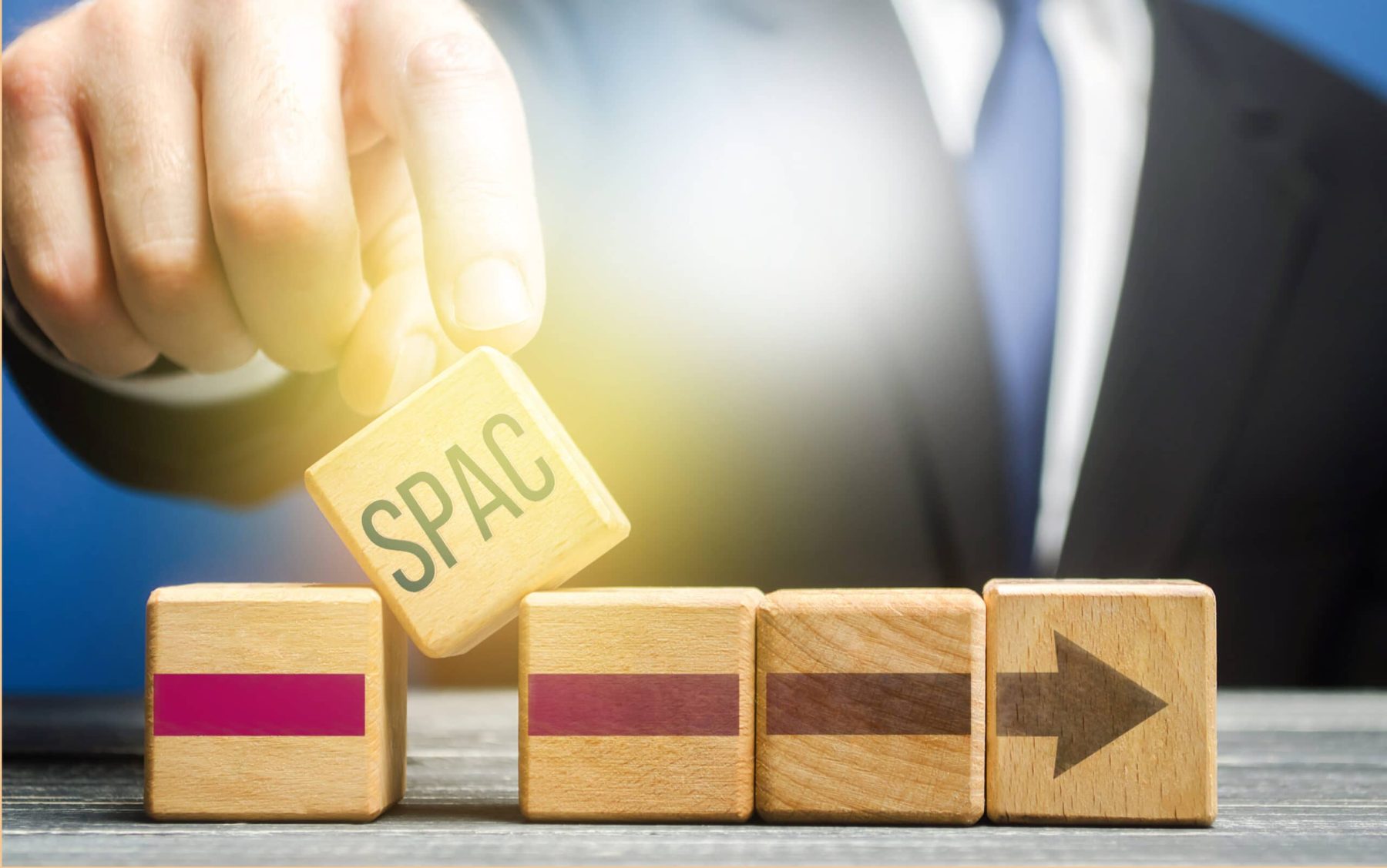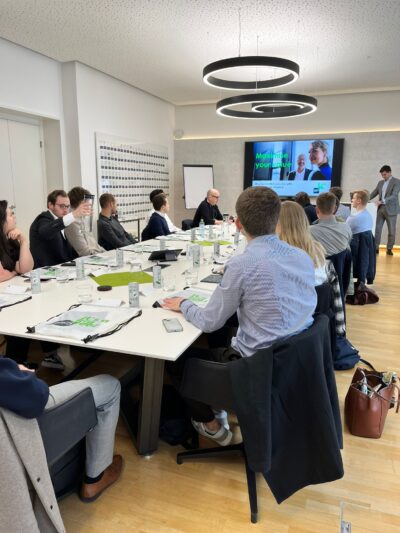
What’s next for SPACs?
A “Special Purpose Acquisition Company” (SPAC) is a hybrid instrument of an IPO and M&A, or, in other words, an alternative opportunity to go public on the stock market without a traditional IPO. A SPAC is set up as a “blank check company” by sponsors to go public and thereafter acquire an existing operating business.
The SPAC IPO Process
The first step is the SPAC IPO, where a shell company with no significant assets or business operations goes public. During this IPO investors can usually buy 10$ shares of a SPAC without knowing which business they are ultimately investing in. While traditional IPO investors may experience allocation problems, SPAC IPO investors will get their desired amount of stock. The second step is target acquisition. A SPAC has 2 years from its IPO to complete an acquisition of a business, otherwise it will be liquidated, and the funds will be returned to investors. Once the acquisition or reverse merger is announced, the de-SPAC begins. As a result, the target company will be listed on one of the stock exchanges under its own ticker.
Impact on M&A Landscape
The SPAC IPO market has experienced an unprecedented spike in activity and fundraising in the past two years, slowing down in the second quarter of 2021. Will SPAC activity rebound, or has it already peaked? How will SPAC activities shape the M&A landscape in the future? And what impact may government regulations have on SPACs?
The recent increased interest of investors in SPACs has largely been driven by the growing involvement of major investment banks and related success stories of companies going public with this model, such as Clarivate, Virgin Galactic, Fisker, Lucid Motors, and Aurora Innovation. Tech companies are significantly overrepresented within SPAC target profiles, which is mostly attributable to the following trends:
- Retail investors gain access to early-stage emerging technologies and show interest in embracing the risk of highly speculative, potential unicorn investments that are launching their first product to the market within 3-4 years of IPO
- Tech companies have exhausted their funds raised from existing investors and need further capital to continue their growth
- Private equity sponsors with a limited investment horizon need portfolio turnover and therefore initiate a transition of their tech assets to the stock market using a SPAC model
Apart from tech start-ups, the SPAC model is widely used by established growth companies with positive operating cash flows for spin-off transactions. The de-SPAC transaction in this case allows more capital to be raised from diversified sources in a shorter timeframe than the traditional IPO.
So, the holding companies look for more targets, especially those where the traditional IPO model might not be viable for accessing the public markets. The highest observed activity of the SPACs market is also associated with the highest valuation, with the prevailing SPAC multiple being more than 4x the broad market multiple, and the trend is increasing even further. Lying in the range of 12x to 14x trailing sales last year, it skyrocketed up to 20x trailing sales as of July 2021.
SPAC activities create a lot of buying power to drive future M&A activities. In contrast to the traditional IPO, the SPAC option is a two-stage process, whereby it must find a target for the second post-IPO de-SPAC stage within 24 months of the SPAC IPO. The second de-SPAC transaction is not only charged with significantly higher underwriting fees than SPAC IPO, but it also often goes along with additional debt financing arrangements or advisory services. Besides this, investment banks gain a long-term relationship with a client who ends up becoming a public company.
The surge in SPAC activities started to slow down in April after the SEC announced new preliminary guidance for SPACs’ filing requirements, disclosures, and financial reporting. The purpose of this ongoing discussion on the monitoring of SPAC activities is to select clearer models for growth from the companies looking to access public capital. This can be seen in the obligation to provide forward-looking statements and a 5-year forecast of financials. Once the regulations are finalized and implemented, there will likely be a shift from venture-stage businesses to more mature, higher-quality assets that will bring more value to both the sponsors and the investors. As a consequence, the SPAC market will become narrower, and the activities will normalize from the peak.
Altogether, the SPAC model offers an opportunity for growth companies, even in the pre-revenue or pre-profit stage, to access public market investment much quicker than they could through a traditional initial public offer process. The long-term interest from market participants, including entrepreneurs, underwriters, advisers, and investors, support the emerging mainstream trend and drive M&A activities. However, there is still a lot of concern and hesitation around the SPAC model and its reputation, especially as it gains more regulatory attention. Although the boost of SPAC activities has turned out to be unsustainable, the SPAC model is considered viable, and is evolving towards transparency and providing higher-quality assets for financial market participants.
The latest information about MP
Ready to start?!
Our teams of specialised dealmakers and ambitious M&A
challengers, are ready to take on your challenge – and exceed your expectations, every day.
- Market leader in industrial M&A
- 700+ industrial M&A projects
- 75+ professionals form the largest industrial M&A team
- Adding credibility to your deal
- Maximising your value with our challenger mindset



